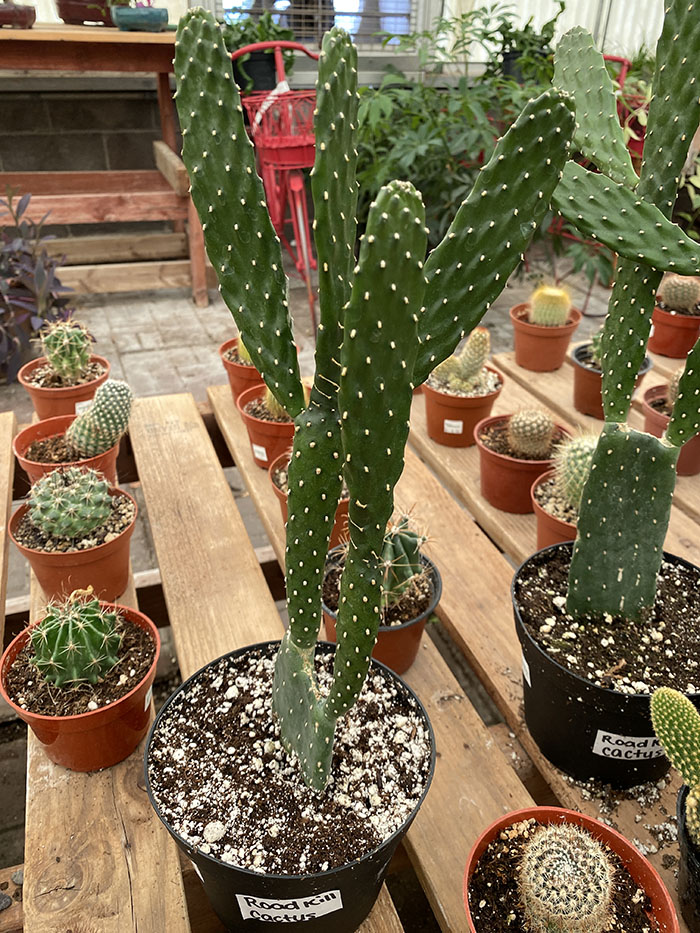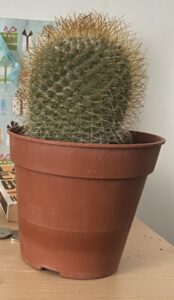When it comes to nurturing plants, cacti often stand as symbols of resilience, adapted to survive in some of the harshest environments on Earth. Yet, ironically, these hardy succulents can fall victim to a myriad of common pitfalls that may inadvertently lead to their demise. Understanding these pitfalls is essential for those who appreciate the beauty and uniqueness of cacti. In this article, we will explore the common mistakes that can kill your cactus plant, emphasizing the importance of proper care and attention.
One of the primary challenges in gardening is deciphering the nuanced needs of different plants. Cacti, despite their reputation for resilience, possess specific requirements that, when neglected, can lead to disastrous consequences.
The Perils of Overwatering
Perhaps the most egregious error encountered by cactus enthusiasts is overwatering. Cacti are succulents that store water in their stems, allowing them to thrive in arid conditions. Consequently, the roots of a cactus are particularly susceptible to rot when excess moisture is introduced.
The symptoms of overwatering include yellowing or mushy stems, which serve as dire warnings that your cactus is succumbing to root rot. To mitigate this risk, it is crucial to adopt a watering schedule that aligns with the plant’s environmental conditions. Typically, during the growing season, cacti may require water every two to four weeks, whereas in winter, a drastic reduction to once a month or less is advisable.
Additionally, ensure that your cactus is potted in a well-draining mixture. Commercial cactus soils, which contain perlite or sand, enhance drainage and minimize the probability of water accumulation. Adequate drainage holes in pots are also essential; without them, even sporadic watering can inadvertently lead to a soggy root system.
Ignoring Lighting Needs
Light plays a critical role in the health of cacti, and failing to provide appropriate lighting conditions can spell disaster. Cacti generally thrive under full sun, ideally receiving six to eight hours of direct sunlight each day. However, varieties differ, and some may prefer partial shade.
One common mistake is relocating indoor cacti to a location with insufficient sunlight due to perceived aesthetics. Such decisions can lead to etiolation, where the cactus stretches out in an attempt to reach for more light. The plant looks elongated and disoriented, degrading its overall health.
Alternatively, some cacti may suffer from sunburn if abruptly exposed to intense sunlight without acclimatization. The result can be unsightly brown patches on the skin, which stifle growth and may even kill the plant. Transitioning cacti gradually to brighter locations can help prevent these adverse outcomes.
Temperature Turmoil: The Importance of Climate Control
Temperature fluctuations can adversely affect cacti, particularly during seasonal changes. Most cacti prefer warm weather, but they also require a cool dormant period during the winter months. Understanding the difference between their active and dormant phases is vital.
Indoor cacti must be shielded from drafts or extreme temperature changes, as sudden cold snaps can shock the plant. Ideally, nighttime temperatures should not drop below 50°F (10°C) during the winter. Conversely, consistently high temperatures can lead to dehydration, especially if coupled with direct sunlight.
Additionally, indoor cacti should not be placed near heating vents or air conditioning units. These appliances can create microclimates that are too dry or erratic for optimal cactus growth.
Neglecting Pests and Disease Management
Even the most well-cared-for cacti can fall victim to pests and diseases, which can be fatal if not addressed promptly. Aphids, mealybugs, and spider mites are common pests that can invade cacti, draining their vitality. The signs of an infestation often manifest as yellowing, wilting, or a sticky residue on the plant, indicating the presence of sap-sucking pests.
Routine inspections of your cactus can aid in early detection. Organic pest control methods, such as neem oil or insecticidal soap, can be effective in managing infestations without harming the plant. Furthermore, always ensure that new plants are quarantined prior to introduction into your existing collection to prevent the spread of pests.
Soil Selection: The Unsung Hero of Cactus Care
Soil may not be the first consideration for cactus care, but its composition is pivotal. Standard potting soil is often too dense and retains too much moisture for cacti, presenting a serious risk of rot. Instead, a specially formulated cactus mix should be utilized.
These mixtures often consist of components such as pumice, gravel, and sand, which facilitate excellent drainage and aeration. An ideal soil blend promotes healthy root development while preventing the accumulation of excess moisture.
The Implications of Neglecting Fertilization
Another frequent oversight is the neglect of proper fertilization practices. While cacti can survive in nutrient-poor conditions, occasional feeding during the growing season can significantly enhance growth and flowering potential.
Utilizing a diluted, balanced fertilizer can provide essential nutrients without overwhelming the plant. Over-fertilizing can lead to salt buildup in the soil, which can damage the roots and inhibit the plant’s ability to absorb water and nutrients.
In conclusion, caring for cacti involves a careful balance of factors. Overwatering, poor lighting, temperature instability, pest management, soil selection, and neglecting fertilization are key elements that can jeopardize the life of your cactus. By understanding and addressing these common mistakes, you can cultivate a thriving cactus collection that flourishes for years to come.





Leave a Comment